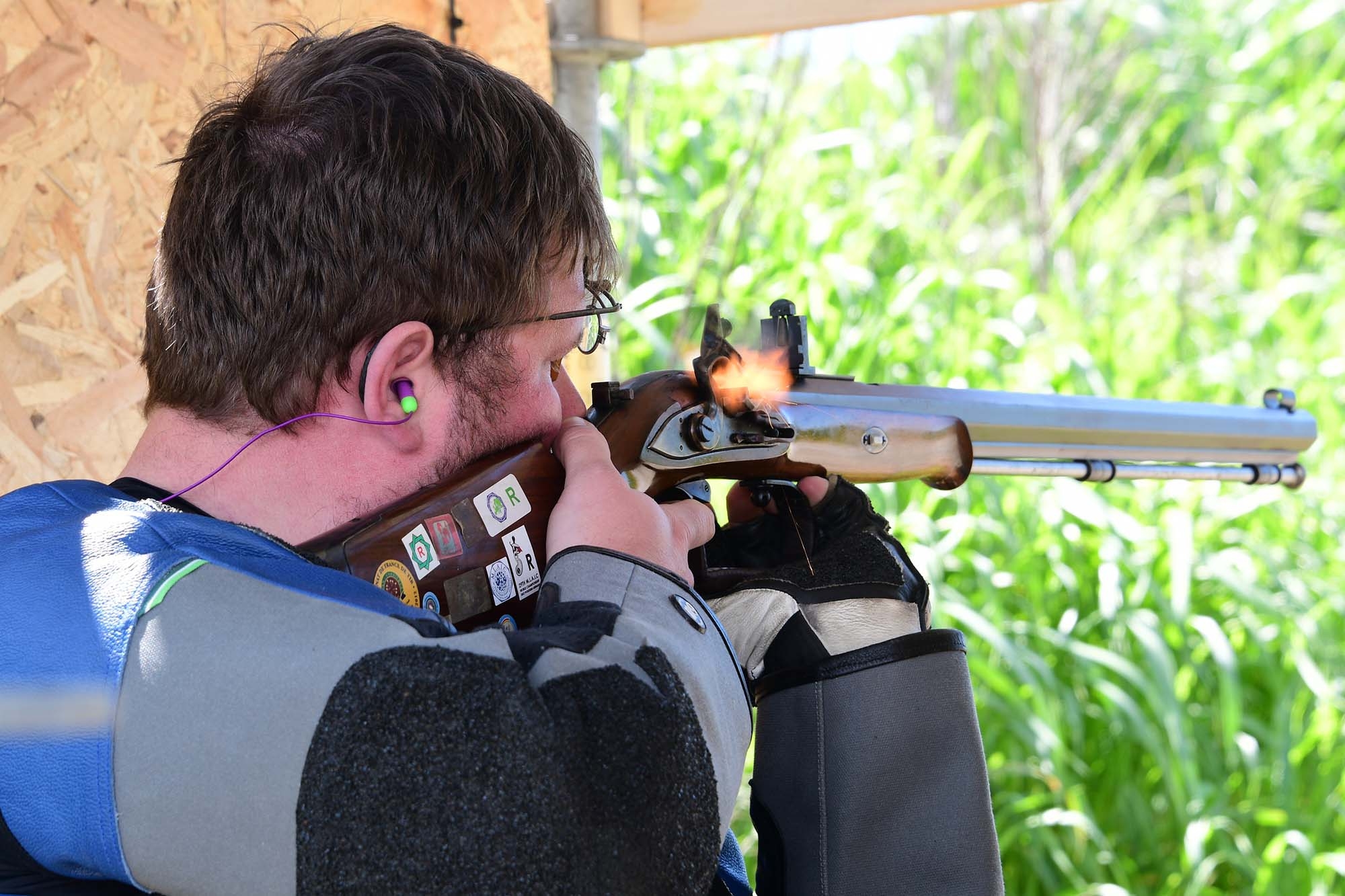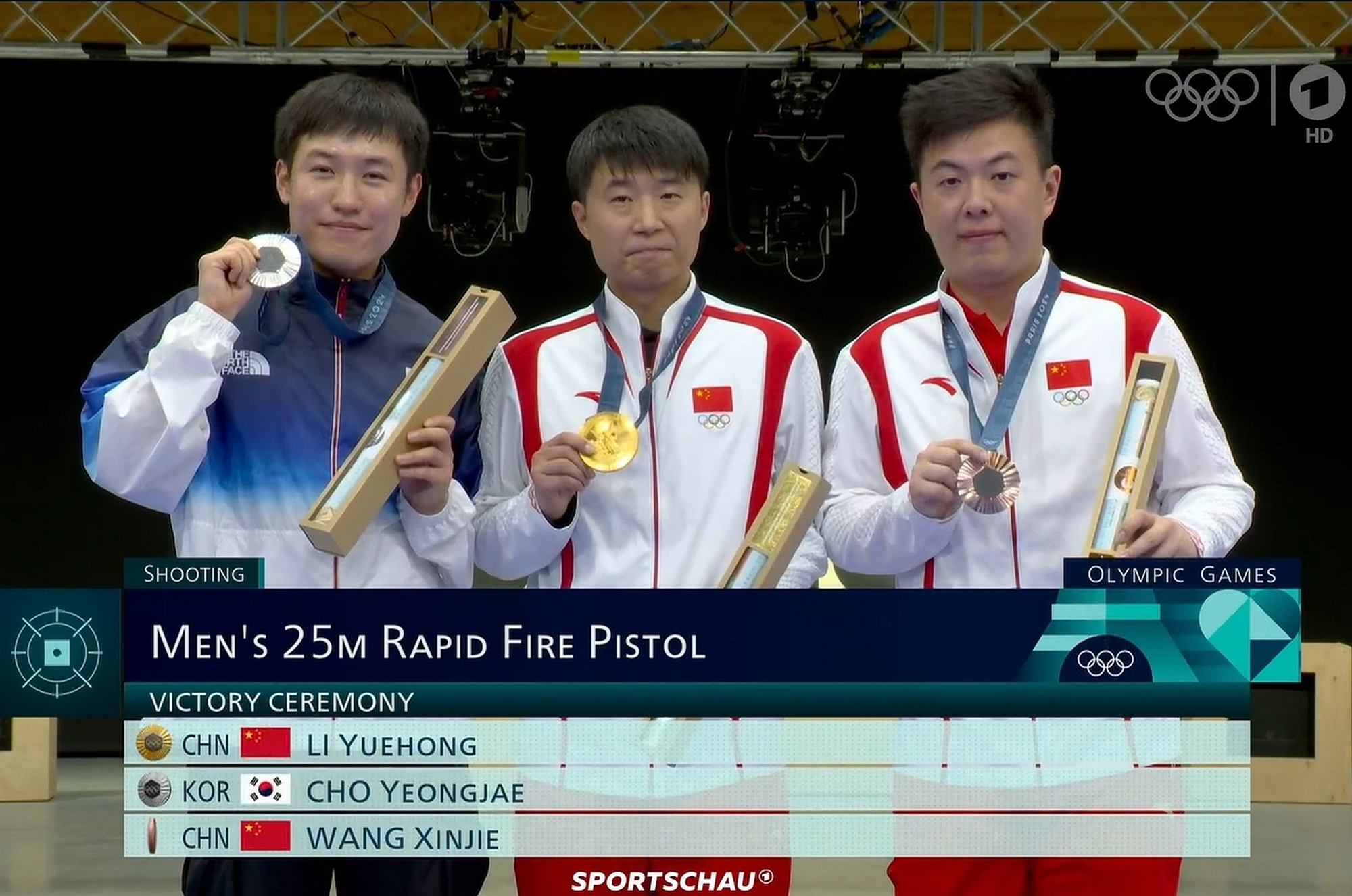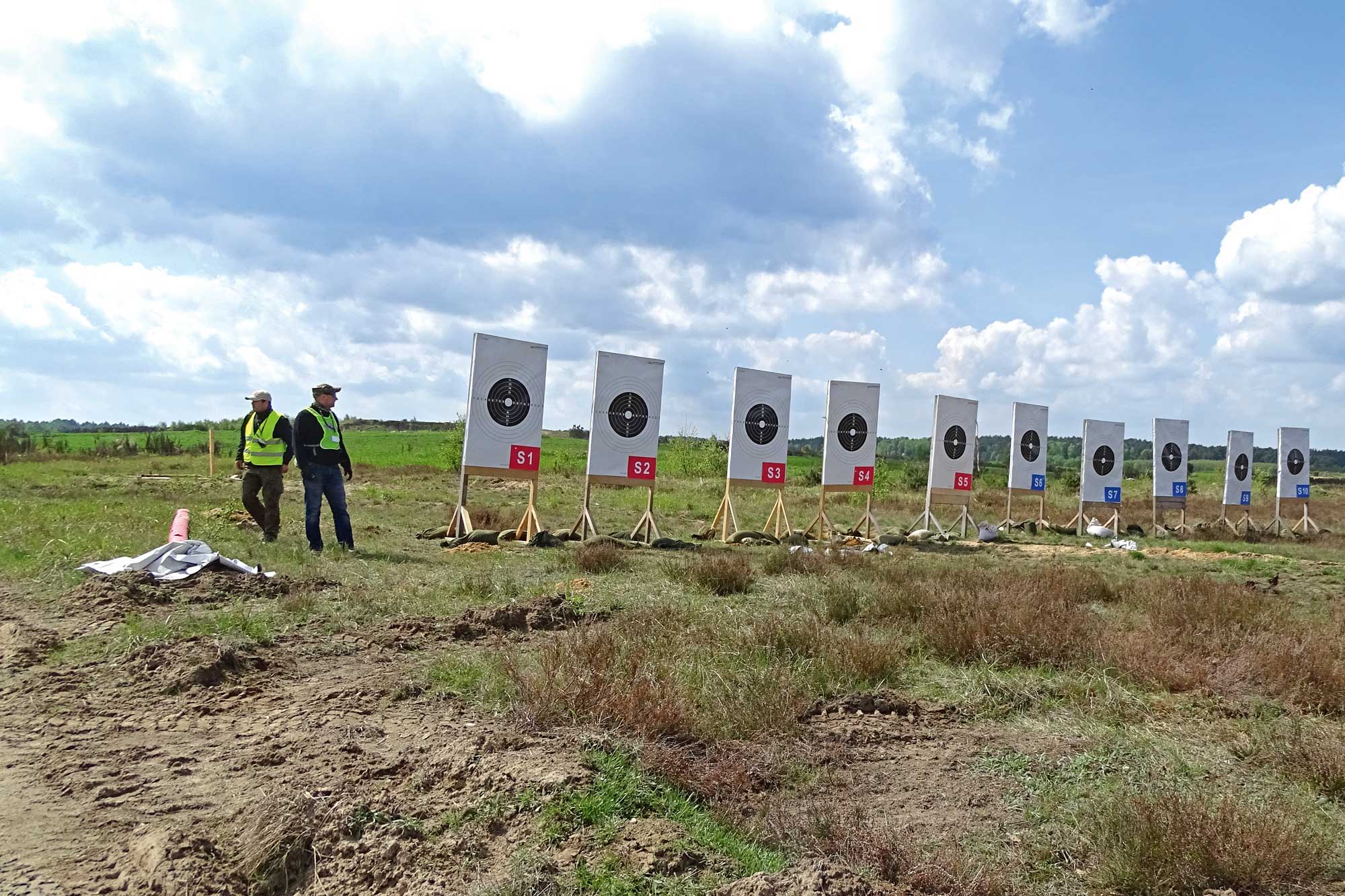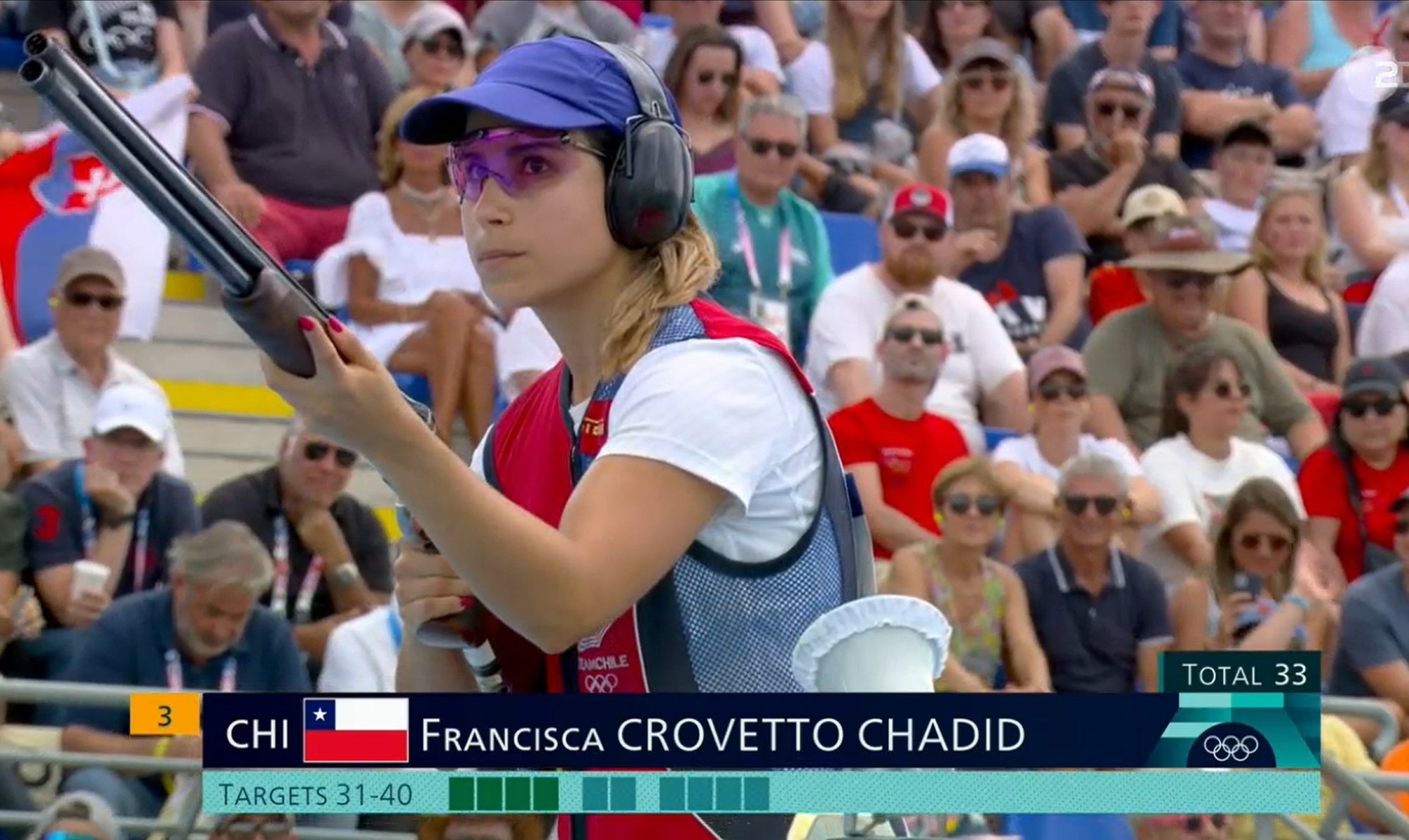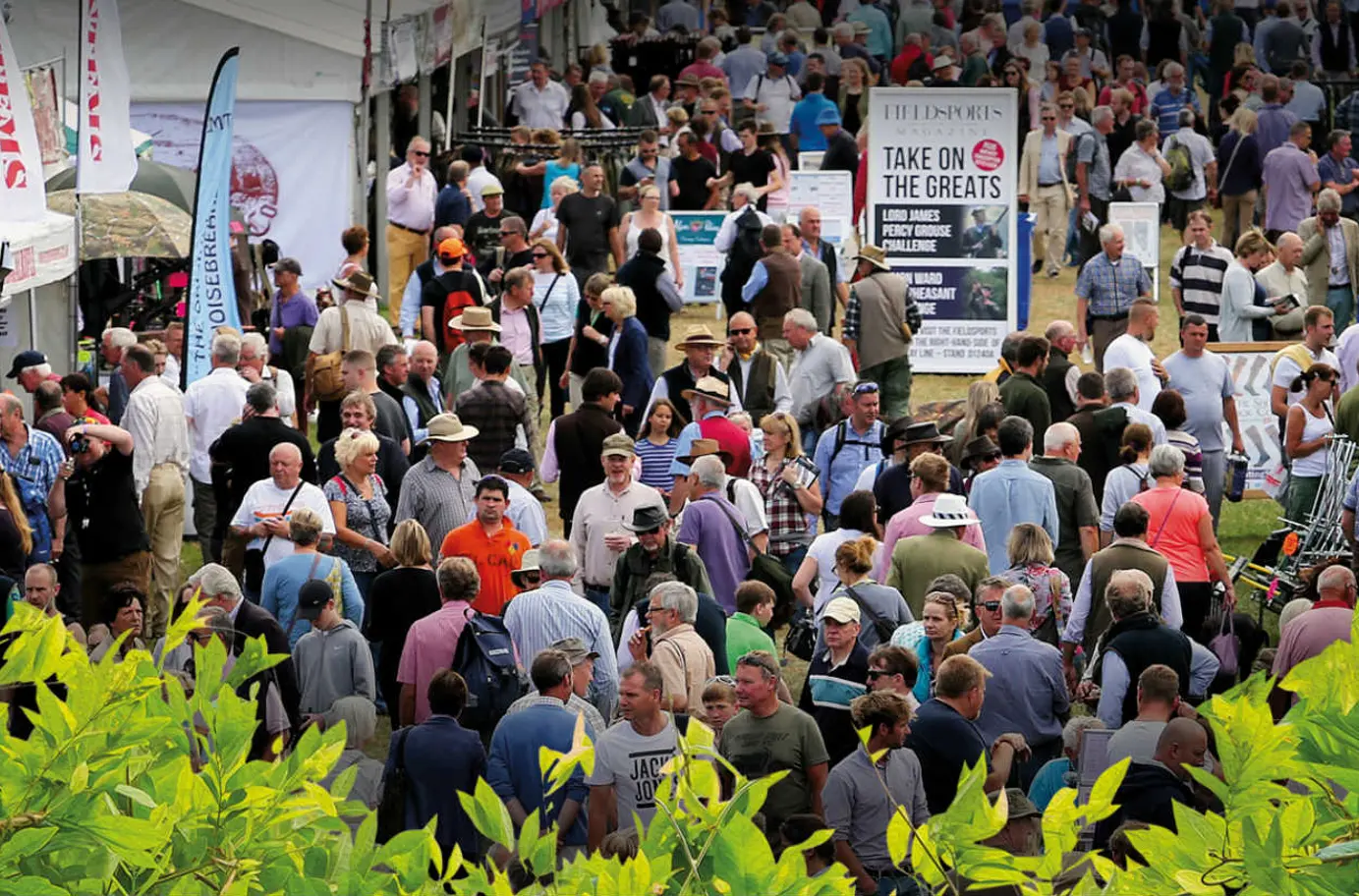The slowmatch in muzzle-loading firearms: historical overview
Without dwelling on the origins, history or classifications of muzzle-loading firearms, in this article we want to focus on the characteristics and production technologies of the slowmatch, a system of ignition that, despite the remarkable speed of technological advance, predominated for almost three centuries.
Between the 14th and 15th centuries, the first really usable slow match firearms were born. Called “hand cannons”, evolving into the arquebus between the 15th and 16th centuries, they became the musket between the 16th and 17th century.

Although the technology of the wheellock was developed in the first quarter of the 16th century and the flintlock in the 17th, the classic and well tested matchlock continued to be used by the military up to the early 18th century.
The reason is obvious: it is a simple, effective and inexpensive technology, qualities that have always been taken into consideration for the ordinary infantry equipment in mass war scenarios.
Operation and problems
The ignition mechanism is very simple: when the lit match cord is lowered into the black powder contained in the flash pan or directly into the gun’s touch hole, it causes the ignition of the main charge and all that follows.
So let's see what can complicate or make this simple firing system impractical:
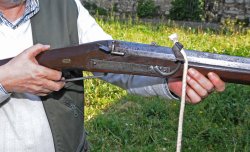
- weather conditions - Rain, or even excessive humidity, can in fact reduce or nullify the ignition of the black powder and the combustion of the slowmatch;
- rate of burning - During the battle it is necessary that the slowmatch remains always lit, from the beginning to the end of the combat, therefore even for several hours - and it goes without saying that however slow its combustion, it was necessary to bring a skein several meters long;
- continuous burning - Being always lit, care must be taken during firearm reloading so that accidental ignition of the powder in the flash pan due to embers does not occur. It is also necessary to continuously lengthen the match cord on the serpentine (the lever that brings the match cord in contact with the powder) and adjust it so that it touches perfectly the center of the pan.
- slowmatch quality - Although trivial, a faulty slowmatch creates considerable complications. It must burn at a temperature of at least 270/300 ° C to ignite black powder, it must not burn out by itself, it must not be consumed too quickly and the cord it is made of must have a suitable texture so that it always presents a good glowing tip.
The production of slowmatch in the 16th century
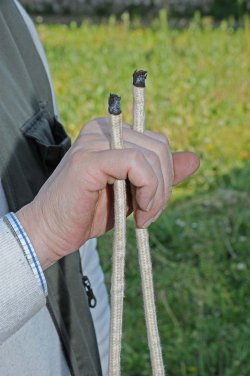
So let's see how to make a good match cord. In our help we get the famous 16th century treatise by Gianbattista della Valle da Venafro, who published the military treatise "Il Vallo" (The Wall) in 1521, from which we highlight this chapter: "Take the cord and boil it with lye, add a little saltpeter, and thirdly leave it to dry, just know that the cord must be beaten on a stone with a wooden mallet and let it dry in the shade."
- The cord is a simple braided cord consisting of vegetable fibers such as hemp, linen or cotton.
- Lye is an alkaline solution usually containing around 33% sodium hydroxide or potassium hydroxide (more technically called caustic soda or lye soap). In common use, the term lye can be used to indicate a cloth detergent, used before washing machines and modern detergents, which contains large quantities of sodium carbonate and potassium.
- Saltpeter, the common name of potassium nitrate, is an oxidizing agent that in this context is used in the production of black powder providing oxygen to the mixture.
Modern methods for slowmatch production: components
The cord
To make the slowmatch you must use a cord with a diameter between 4 and 6 mm and a round section made from pure vegetable fiber, hemp, cotton or linen, best if not treated or bleached for higher historical accuracy.
Attention must be paid to cord intertwining: it is better to use a tightly woven braid, so that it stays together, and not common hemp rope that features a 3-strand construction which is too coarse. Do not to use in any case a cord with a hollow section that would greatly reduce the burning surface.
Lye production

Lye is produced by sieving ash to eliminate lumps or partially unburned parts. Arranged in a pot, commonly used for this purpose only and not made of aluminum, the ash is mixed with five parts of water (volume ratio). Brought to the boil over low heat and stirred frequently, the mixture is first stabilized, checking its boiling and then left to cook for about 2 hours. A prolonged boiling will cause an excessive increase in strength, making it too aggressive. Allowed to decant and cool, the lye is then filtered with a cotton cloth, ensuring that the residue at the bottom of the boiling pot is not stirred. In this way, a fairly clear liquid is obtained which easy to store for long periods in glass or plastic containers.
For simplicity you can also buy sodium hydroxide directly and use it to make a solution by dissolving it in water.
Potassium nitrate production
Historically, treatises describe numerous and complex methods for the extraction and refining of this element. It is currently very easy to find in agricultural cooperatives as it is used as a fertilizer.
Treatment
Some modern production methods:
- boiling the cord for 15 minutes in water and sodium hydroxide, followed by natural drying;
- boiling the cord for 15 minutes in water and lead acetate, followed by natural drying;
- submersion for half an hour in a cold solution of water and 4% potassium nitrate, followed by natural drying.
The third method is recommended: not requiring boiling it’s very simple, burning rate is good and slow enough so that you don’t need large amounts of match cord.
To learn more about the Compagnia delle Bande nere: www.compagniabandenere.it



